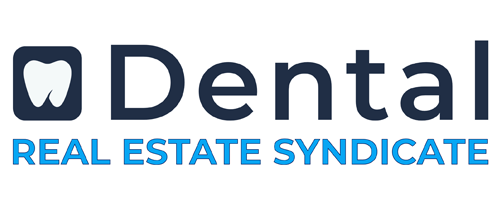As we navigate through the dynamic landscape of 2024, the U.S. commercial real estate (CRE) market continues to evolve under the influence of economic shifts, technological advancements, and changing consumer behaviors. This edition delves into the critical trends affecting the CRE sector, highlighting both the opportunities for growth and the challenges that investors face as we approach Q4 2024 and look ahead to 2025.
Emerging Trends Shaping U.S. Commercial Real Estate
- Economic Influences: Rising Interest Rates
- Rising borrowing costs are reshaping investment strategies and tenant affordability, particularly impacting sectors sensitive to financing costs.
- Workplace Evolution: Hybrid Work Models
- The continuing adoption of hybrid work models is causing a significant reevaluation of office space requirements, affecting demand across major urban commercial districts.
- Retail Sector Transformation
- The rapid growth of e-commerce is forcing traditional retail venues to innovate with technology-driven experiences to attract foot traffic and integrate online and offline consumer interactions.
- Industrial Real Estate Surge
- Fueled by e-commerce and the need for efficient supply chains, the industrial sector, including warehousing and logistics, is experiencing robust growth and attracting significant investor interest.
Positive Developments in Commercial Real Estate
- Growth in Industrial Real Estate
- Robust Demand: Continuous strong demand for logistics and data center spaces as companies optimize their supply chain and digital infrastructure.
- Investor Returns: High occupancy and rent stability in the industrial sector are delivering solid returns for investors.
- Revitalization of Retail through Mixed-Use Developments
- Foot Traffic Increase: Mixed-use developments that combine retail with residential, office, and leisure facilities are creating vibrant community hubs that attract consistent foot traffic.
- Diverse Revenue Streams: These developments offer tenants a variety of revenue opportunities, enhancing the appeal and sustainability of retail spaces.
- Advancements in Green Building Practices
- Sustainability Focus: Increased adoption of LEED certifications and energy-efficient practices is making green buildings a priority, appealing to environmentally conscious tenants and consumers.
- Long-Term Value: Sustainable buildings promise lower operational costs and higher asset values, positioning them as attractive long-term investments.
Challenges Facing Commercial Real Estate
- Office Space Adaptation
- Vacancy Issues: Many urban centers are witnessing high office space vacancies as businesses downsize or opt for more flexible workspaces.
- Market Uncertainty: The uncertainty around the future demand for office spaces is prompting landlords to rethink their strategies, often shifting towards more adaptable leasing models.
- Implications of High Borrowing Costs
- Development Slowdown: Increased financing costs are slowing down new developments, particularly affecting the office and retail segments.
- Investment Hurdles: Higher interest rates are dampening investment enthusiasm, especially for ventures requiring substantial upfront capital.
- Retail Sector Vulnerabilities
- E-commerce Competition: Traditional retail spaces, especially malls and standalone stores, are struggling to maintain tenant occupancy and profitability amidst growing e-commerce dominance.
- Adaptation Costs: Transforming traditional retail spaces to meet new consumer expectations involves significant investment, which may not always be feasible for property owners.
What’s Next for CRE Investors?
Strategic Considerations for Late 2024 and Early 2025:
- Interest Rate Fluctuations: CRE investors are closely monitoring the Federal Reserve’s policies, as future rate adjustments will significantly influence financing and investment decisions.
- Adaptive Reuse Opportunities: There is increasing interest in converting underutilized office and retail spaces into residential units or mixed-use properties, responding to changing market demands and demographic shifts.
- Regional Growth Opportunities: Investors are also eyeing emerging markets in the Sunbelt and Midwest regions, where demographic trends and business-friendly policies are creating new investment frontiers.
Conclusion
The commercial real estate market in Q3 2024 is marked by both exciting growth opportunities in sectors like industrial real estate and mixed-use developments, and challenges in office and traditional retail spaces. As we move into Q4 2024 and beyond, savvy investors and stakeholders are adapting to these trends, leveraging innovative approaches like green building and adaptive reuse to navigate this complex landscape effectively. Understanding these dynamics is crucial for anyone involved in commercial real estate, whether planning new investments or strategizing for existing portfolios.

